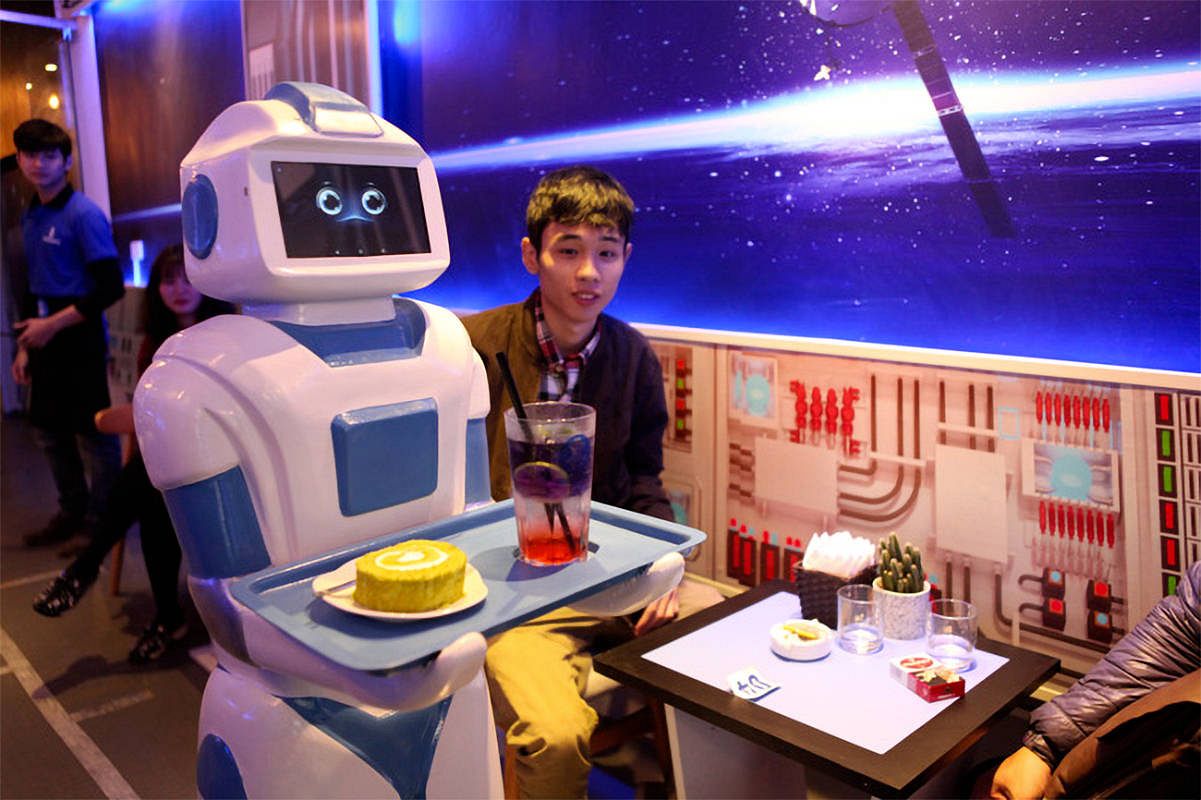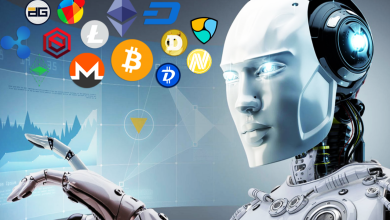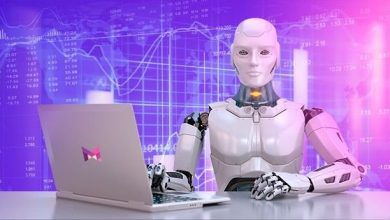AI in Restaurants: Enhancing Food Quality and Service Speed

Welcome to the future of dining! Artificial Intelligence (AI) has transformed countless industries, and now it’s making its way into our favorite eateries. From enhancing food quality to speeding up service, AI in Restaurants is revolutionizing how we dine. Whether you’re a foodie looking for an unforgettable culinary experience or a restaurant owner aiming to provide top-notch service, this blog post will take you through the exciting ways AI is changing the game. So grab your appetite and get ready to discover how this cutting-edge technology is taking restaurants to new levels of excellence.
Benefits of AI in Restaurants
In recent years, there has been a growing trend of restaurants implementing artificial intelligence (AI) into their businesses. AI can be used for various purposes, such as automating tasks, providing insights through data analysis, and enhancing customer experiences. One of the benefits of AI in restaurants is that it can help to automate tasks. This can include taking orders, preparing food, and cleaning up. This can help free up staff to focus on other tasks, such as interacting with customers or providing a better dining experience. Additionally, it can help to improve efficiency and reduce costs. Another benefit of AI in restaurants is that it can provide insights through data analysis. This data can be used to understand customer preferences and behaviors. It can also identify issues with food quality or service speed. This information can then be used to make improvements in the restaurant so that customers have a better experience.Different Types of AI Technologies Used in Restaurants
Several different types of AI technologies are being used in restaurants to enhance food quality and service speed. One type of AI technology that is being used is computer vision. This technology enables restaurants to automatically identify food items and provide information about them to customers. Another type of AI technology that is being used is natural language processing. This technology helps restaurants to understand customer queries and requests and respond accordingly. Predictive analytics is another type of AI technology used in restaurants. This technology allows restaurants to predict demand for specific menu items and make recommendations. There are different types of AI technologies used in restaurants. The most common type is the use of robots to cook food. This allows for a consistent cooking experience and can help to speed up service. Other types of AI technology used in restaurants include voice recognition and natural language processing to help with customer service and predictive analytics to help with menu planning.Challenges of Implementing AI in Restaurants
When it comes to implementing AI in restaurants, there are a few challenges that need to be considered. Firstly, the investment required to implement AI can be costly, and there is no guarantee of return on investment. Secondly, training staff to use AI-powered systems can take time and effort. Ensuring that AI systems comply with all relevant regulations can be challenging. There are several challenges to implementing AI in restaurants. One challenge is finding suitable applications for AI that will improve restaurant operations. Another challenge is integrating AI into existing restaurant systems and workflows. Additionally, training employees to use AI tools can take time and effort. The costs of implementing AI can be prohibitive for some restaurants. Regarding AI in restaurants, one of the biggest challenges is implementation. Many restaurants still need to start using traditional food preparation and service methods, which can be time-consuming. In addition, many data need to be collected to train the AI system. This data can include everything from customer orders to cooking times. Another challenge is that AI systems must be constantly updated with new data to improve accuracy. This means that restaurant staff must be trained to use the system and correctly input data. Additionally, the system itself needs to be monitored so that any issues can be quickly addressed.Examples of Successful Implementations of AI in Restaurants
- Implementing an AI system to study customer behavior and preferences to provide more personalized service.
- Using AI for predictive equipment maintenance to avoid costly downtime and disruptions.
- AI-enabled robots working in the kitchen to help with tasks such as food preparation, cooking, and delivery.
- Utilizing natural language processing (NLP) to analyze customer feedback and identify areas of improvement for the restaurant.
- Automated chat bots providing 24/7 customer support for ordering food, making reservations, and answering frequently asked questions.
- Incorporating visual recognition technology to streamline ordering and speed up service times.
- Automated Food Preparation: Several restaurants have implemented AI-powered systems that automate the preparation of certain dishes. This speeds up the cooking process and frees up staff members to focus on other tasks, such as customer service.
- Intelligent Menu Recommendations: Many restaurants now use AI to provide customers with personalized menu recommendations. This can be based on factors such as the customer’s previous orders, their current location, and even the time of day.
- Enhanced Customer Service: AI also improves restaurant customer service. For example, some establishments use chatbots to handle initial customer queries, freeing up staff members to provide more personal attention to diners. Additionally, AI-powered voice assistants are being used in some restaurants to take orders and make recommendations.
- Smarter Kitchen Management: To optimize kitchen operations, some restaurants use AI-based kitchen management systems. These systems can track real-time data such as ingredient levels and cooking times to ensure that dishes are prepared quickly and efficiently.




